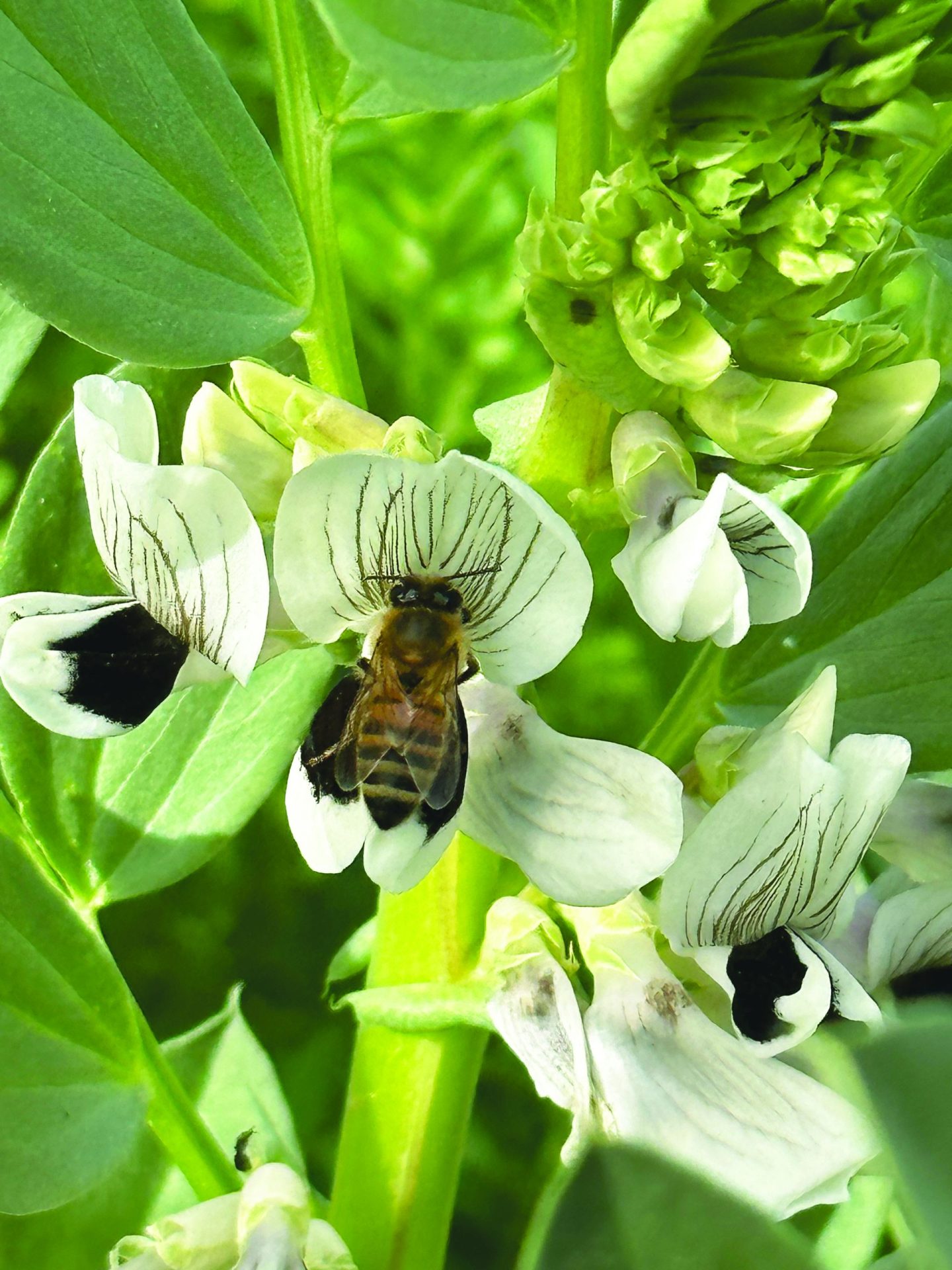VIEWS: 1192
February 13, 2024What to Plant in Your Garden During the Early Spring
While gardening in the Valley can be quite a challenge due to extreme heat, one of the unique things about growing plants here is that you can do it year round.
As the soil steadily warms up from the occasional frost during the winter, another planting season arrives: the early spring. Usually this planting season starts in mid-January and runs through late February and into early March.
According to nonprofit seed conservation organization Native Seeds/SEARCH, some of the seeds you can start planting now include arugula, chickpea, cilantro, fava bean, kale, lentil, lettuce, onion, pea, radish, swiss chard and wheat. Once planted, these veggies should be ready for harvest from late April through early August.
Most of these seeds are available through Native Seeds/SEARCH at www.nativeseeds.org, and some of them are available upon request from the Salt River Pima-Maricopa Indian Community’s Community Garden seed bank. Community members can contact the SRPMIC Cultural Resources Department front desk at (480) 362-7346 and leave a message.
Community Garden Coordinator Stetson Mendoza said that he recommends using steer manure as fertilizer and adding mulch in your garden to protect the soil, conserve water and help regulate soil temperature. “The ground is alive,” said Mendoza.
Steer manure contains mostly digested grass and other food that cows eat. It is rich in nutrients like nitrogen, phosphorus and potassium, which improve plant and soil health. Fava beans are an excellent nitrogen fixer, according to Native Seeds/SEARCH.
Mendoza also recommends transplanting as many early spring plants as you can, with the exception of garbanzo beans, due to the ground still being cold.
“If you plant the seeds in the ground [at this time of year], they are going to be slow to sprout,” said Mendoza.
The University of Arizona Cooperative Extension’s Maricopa County gardening planting calendar for fruits and vegetables, which can be found online at https://extension.arizona.edu/sites/extension.arizona.edu/files/pubs/az1005-2018.pdf, gives even more options for planting this time of year.
Using transplants, you can begin to plant vegetables such as artichokes, kohlrabi and even peppers. From seed, the guide recommends plants like potatoes, spinach, sunflowers and watermelon (toward the end of February).







